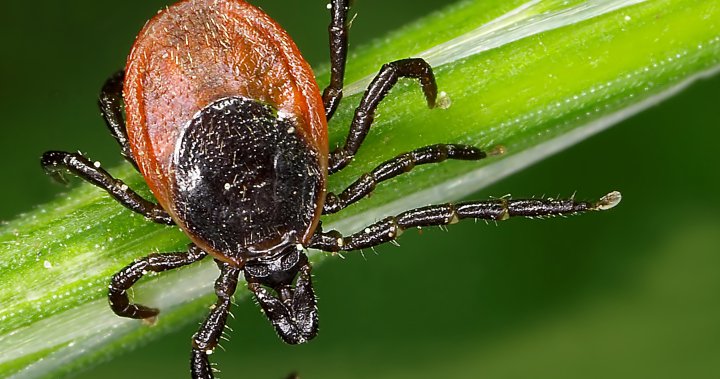Rising temperatures across Manitoba have triggered an alarming proliferation of ticks and mosquitoes, creating heightened health concerns for residents enjoying outdoor activities this season. Environmental scientists and public health officials are now warning that climate change is directly contributing to longer active seasons for these disease-carrying pests.
“We’re seeing tick activity beginning earlier in spring and extending later into fall,” explains Dr. Kateryn Rochon, associate professor of veterinary entomology at the University of Manitoba. “What used to be a relatively short season has expanded significantly, giving these populations more time to feed, reproduce, and spread.”
Manitoba’s tick population, particularly the blacklegged variety (also known as deer ticks), has been steadily expanding its territorial range northward. These ticks are notorious carriers of Lyme disease, anaplasmosis, and babesiosis—serious conditions that can cause long-term health complications if not properly diagnosed and treated.
The Canada News desk has been tracking this concerning trend across multiple provinces, with Manitoba showing particularly troubling increases. Provincial health data indicates a 35% rise in tick-borne disease cases over the past five years, correlating directly with warming temperature patterns.
Similarly, mosquito populations have flourished under these changing conditions. Standing water from increased precipitation events provides ideal breeding grounds, while warmer temperatures accelerate their life cycles. Species capable of transmitting West Nile virus have become increasingly prevalent throughout the province.
“The mosquito season used to be relatively predictable,” notes Taz Stuart, entomologist and director of technical operations at Poulin’s Pest Control. “Now we’re seeing extended activity periods and different species distributions than what was historically normal for Manitoba.”
Public health officials are emphasizing prevention as the most effective strategy. Recommendations include wearing light-colored, long-sleeved clothing when outdoors, using insect repellents containing DEET or icaridin, conducting thorough tick checks after outdoor activities, and eliminating standing water around homes to reduce mosquito breeding sites.
The Manitoba government has expanded its tick surveillance program, partnering with researchers to monitor population densities and disease prevalence. This initiative, as reported by CO24 News, aims to provide early warnings about high-risk areas and emerging disease patterns.
“This isn’t just about summer nuisances anymore,” warns Dr. Michael Drebot, scientific director at the National Microbiology Laboratory in Winnipeg. “The disease implications are serious. We’re tracking several pathogens that weren’t common in Manitoba even a decade ago.”
Climate models suggest this trend will likely intensify, with projections indicating Manitoba could experience temperature increases of 2-4°C by mid-century. Such changes would further extend suitable habitat ranges for these disease vectors while creating conditions for potentially new invasive species to establish themselves.
For rural communities and outdoor enthusiasts, these changes represent a significant shift in how Manitobans interact with their natural environment. Conservation areas, hiking trails, and agricultural lands are all experiencing increased tick presence, forcing adaptations in how people work and recreate outdoors.
As summer approaches, will Manitoba’s residents and healthcare systems be adequately prepared for the growing health challenges posed by these tiny but formidable vectors? The answer may depend on how quickly we implement adaptation strategies while addressing the larger climate factors driving this ecological shift.










